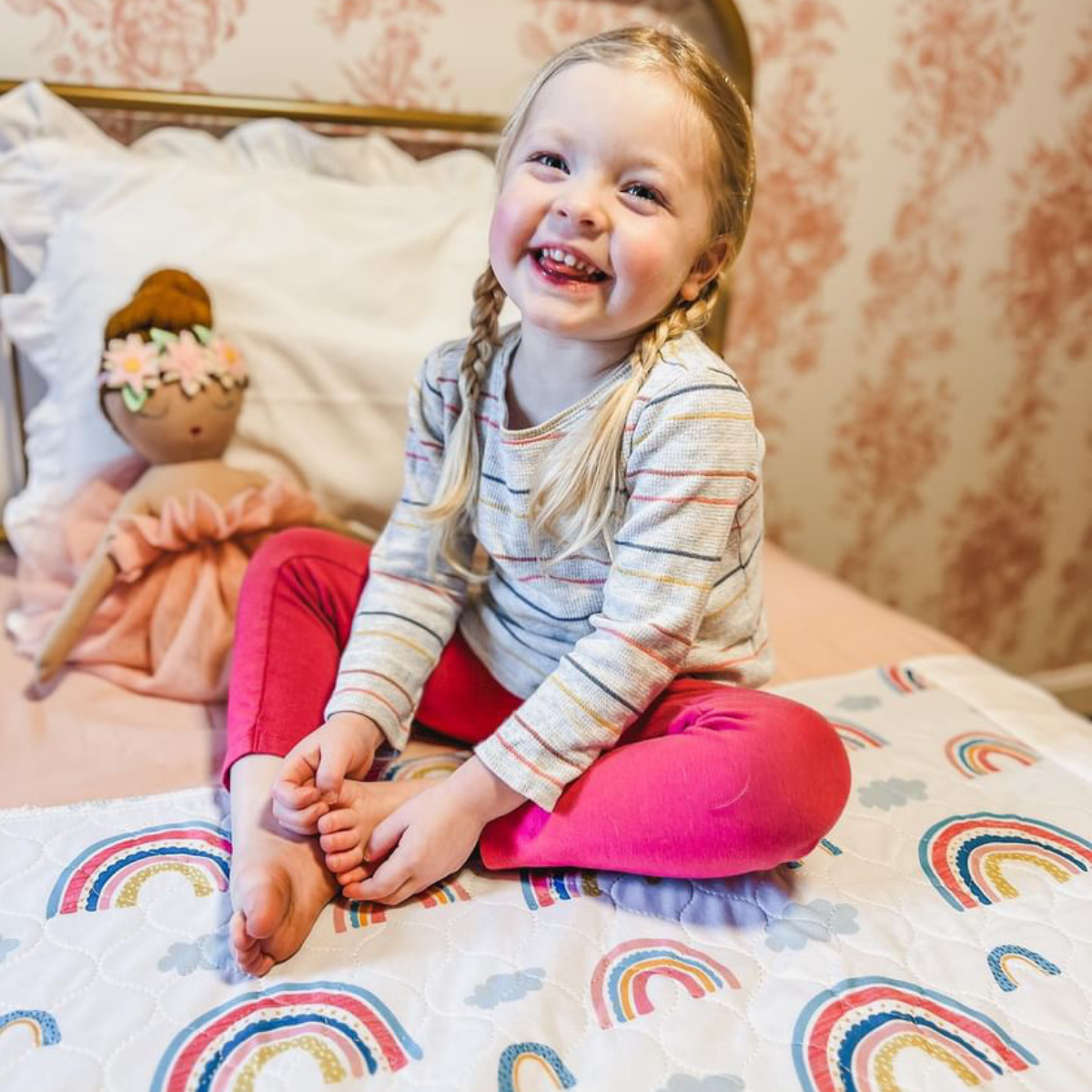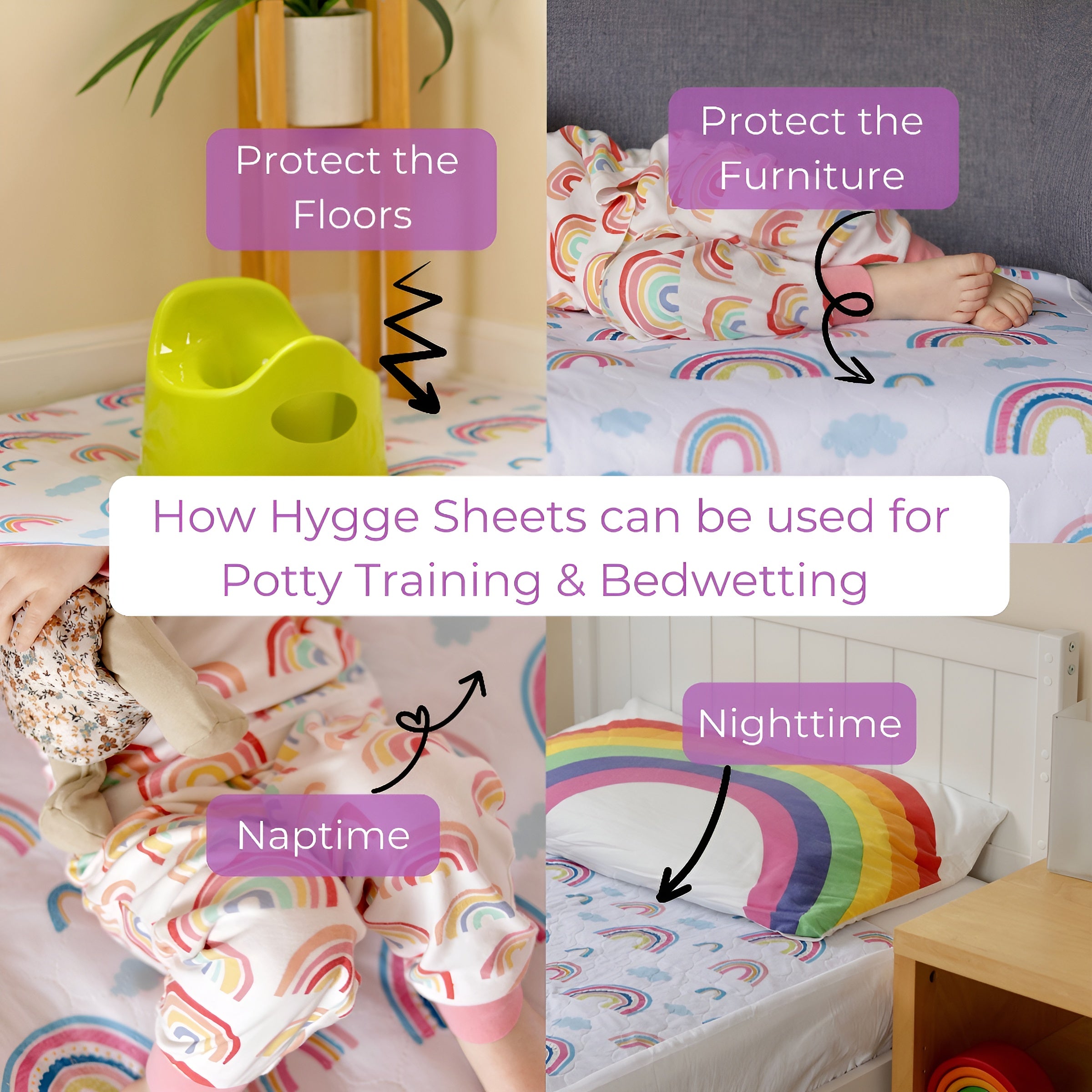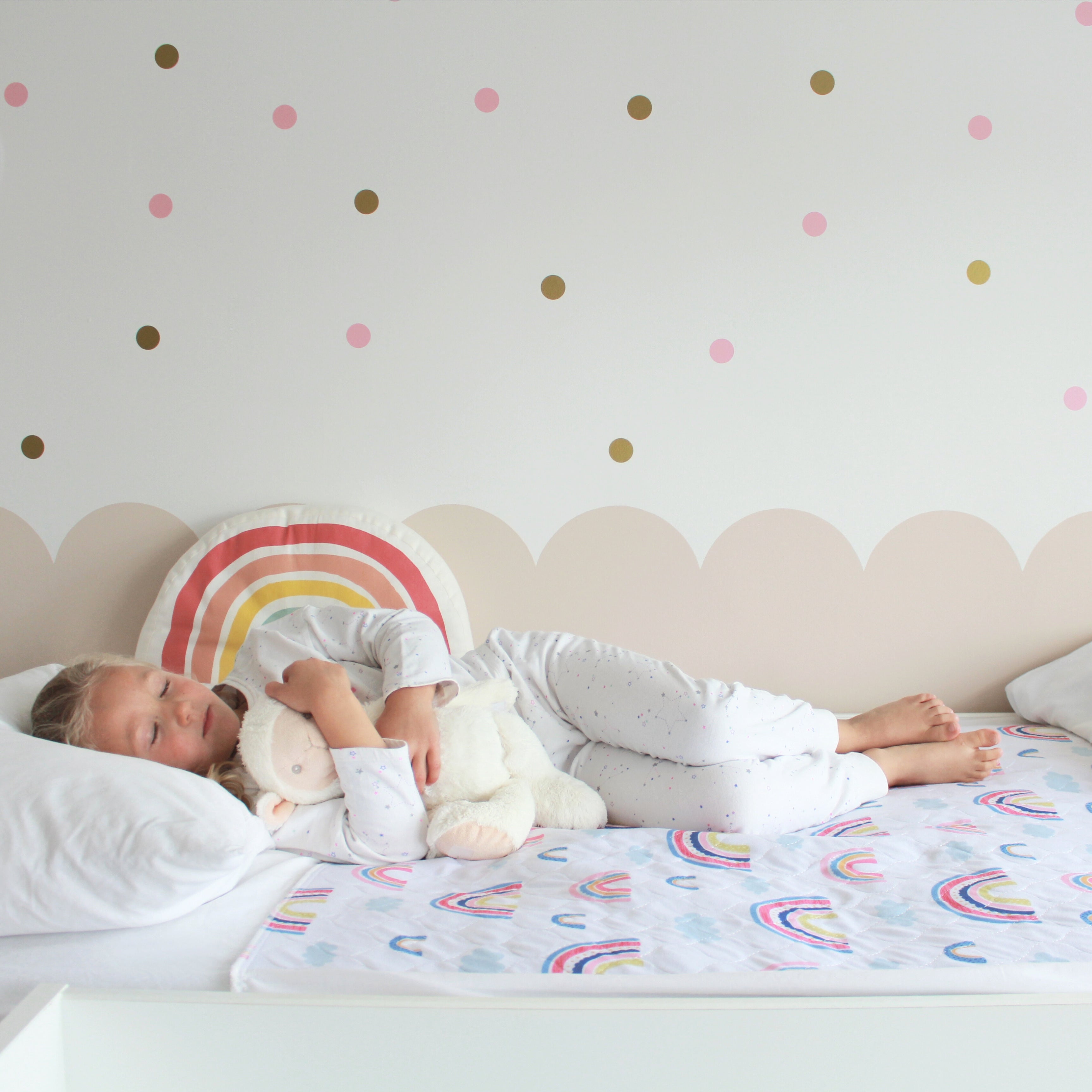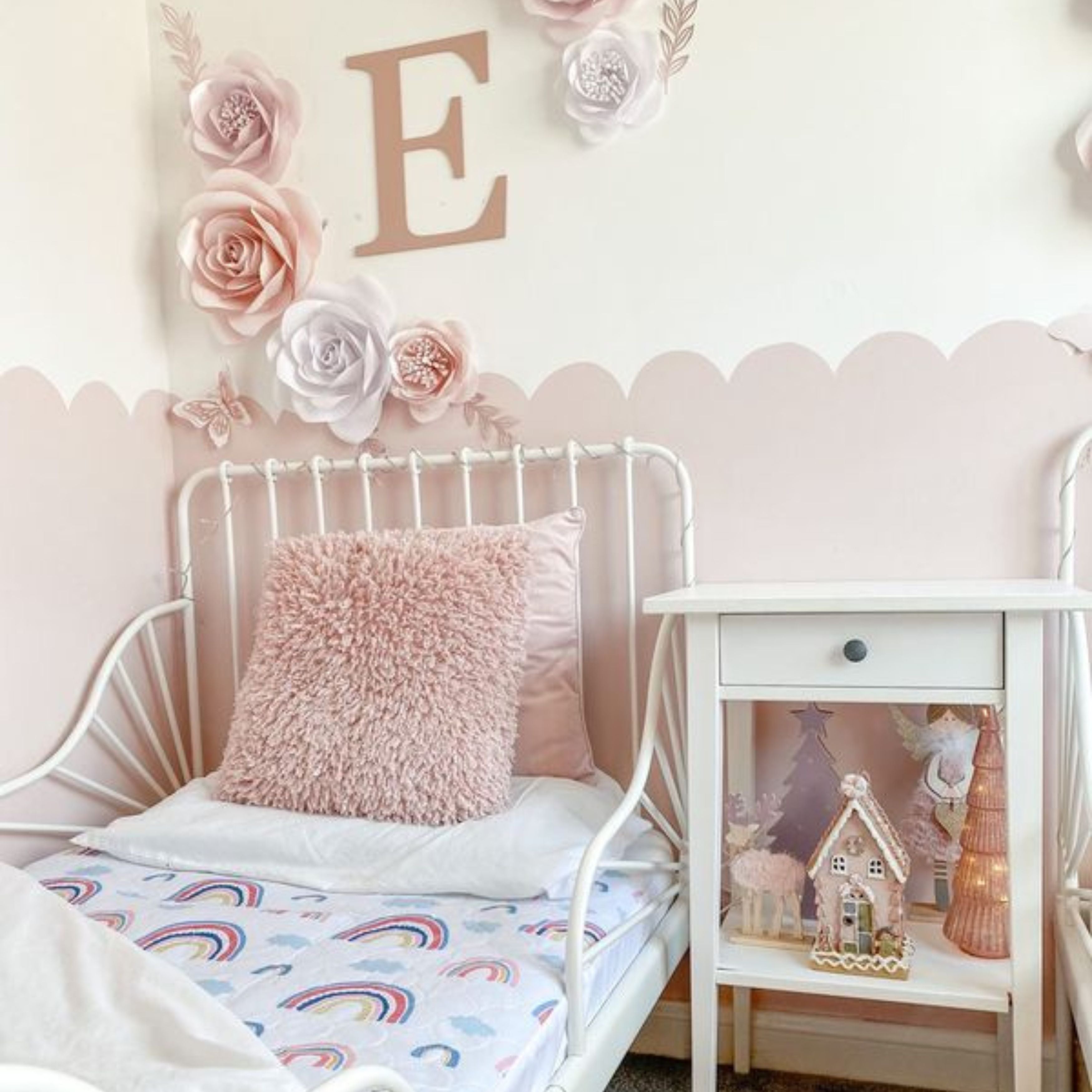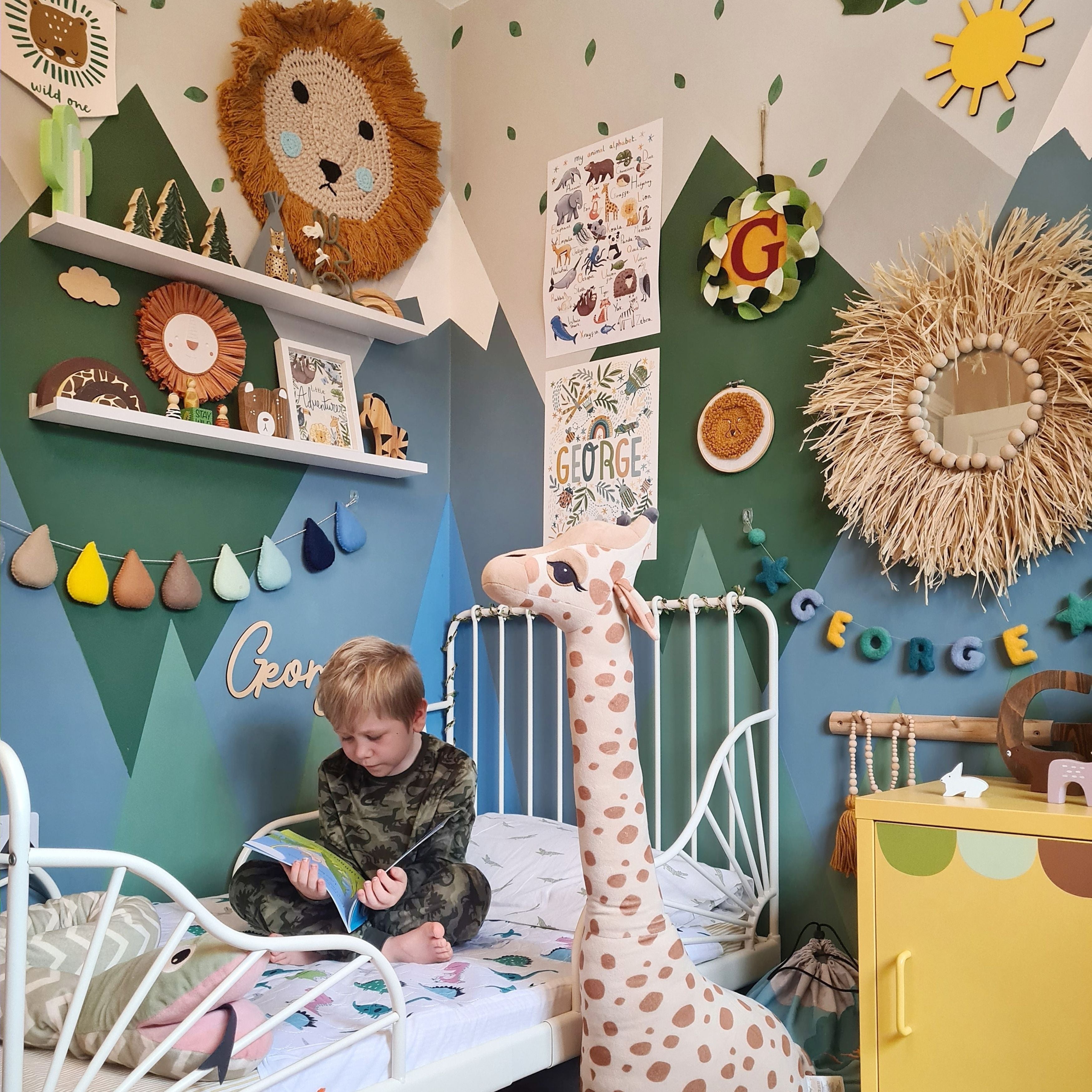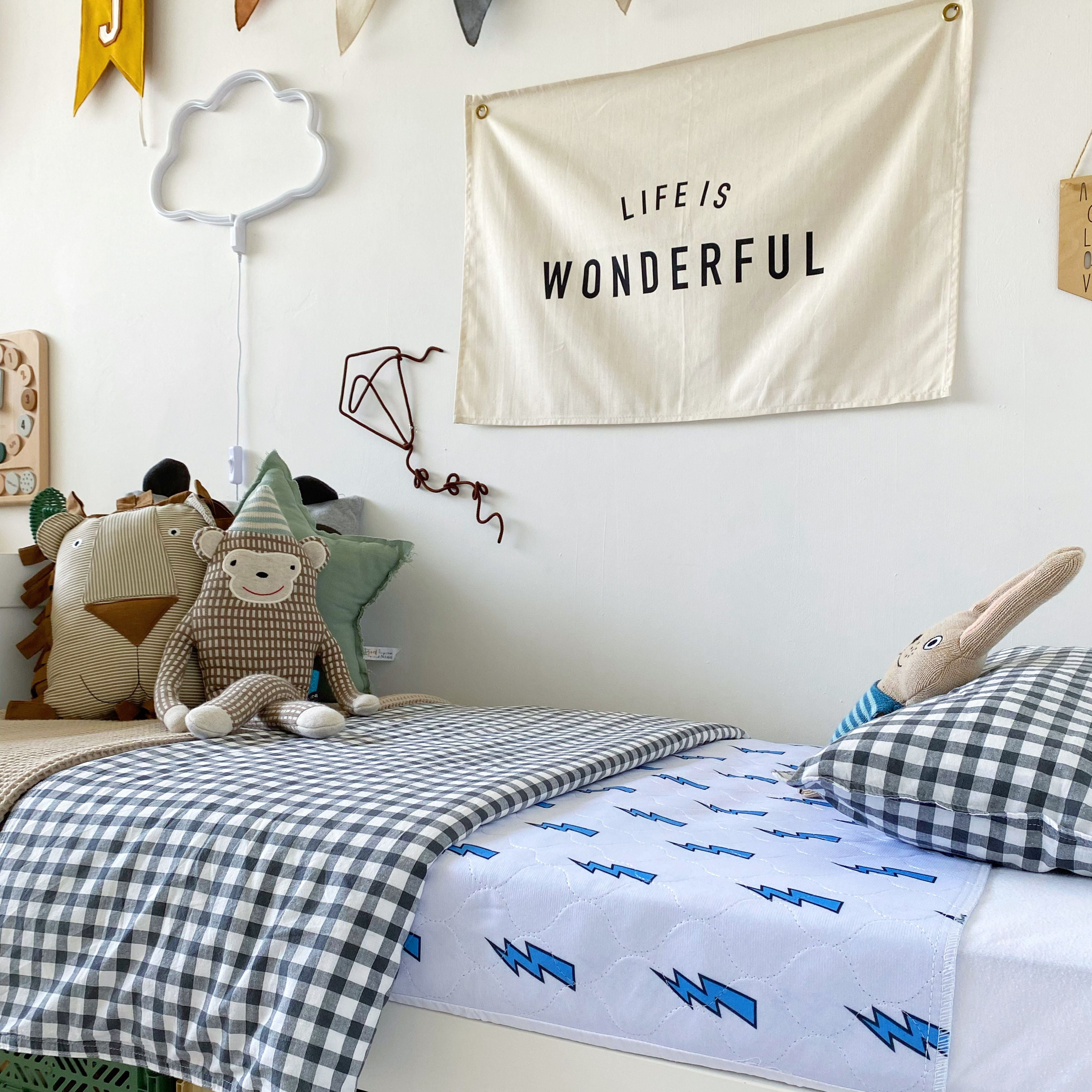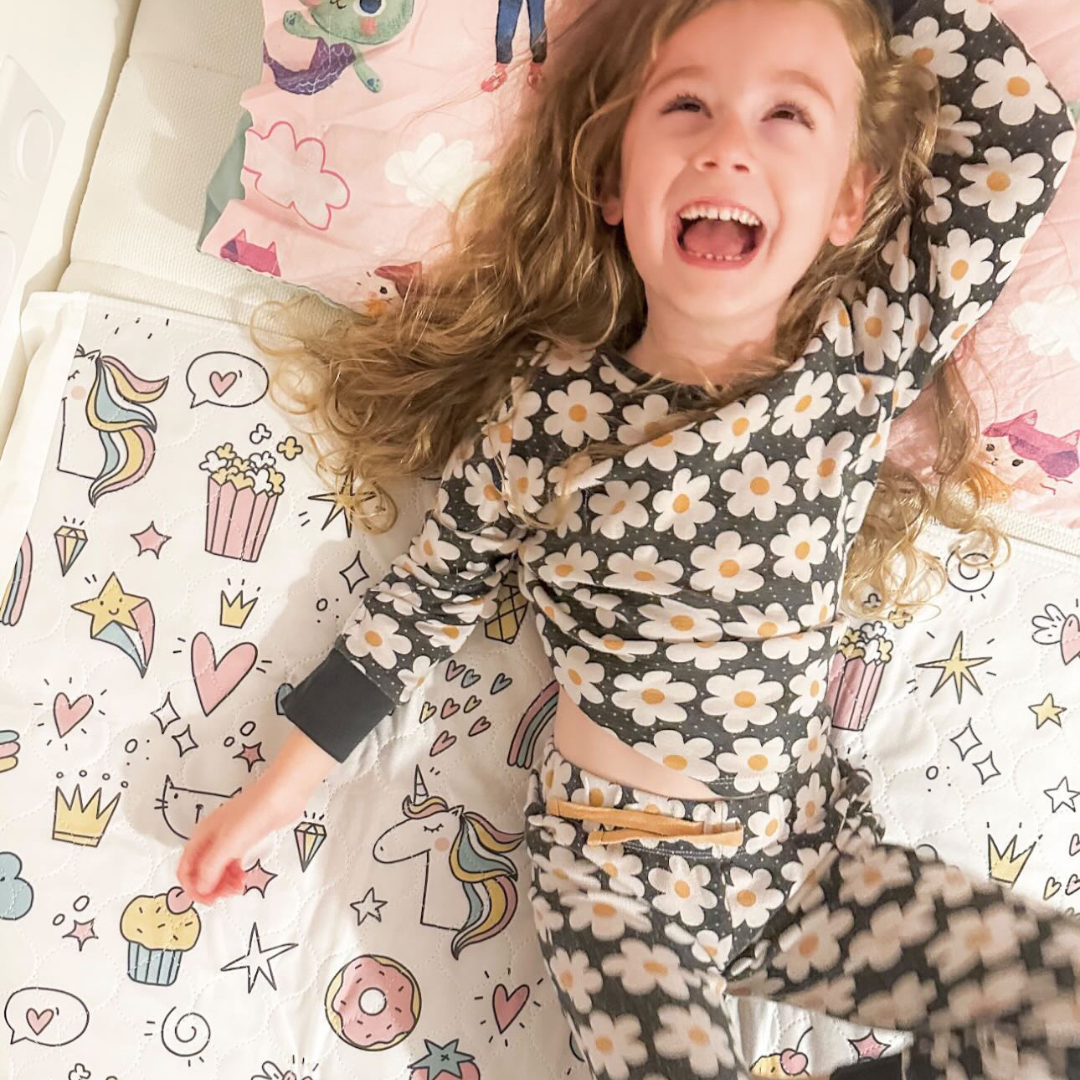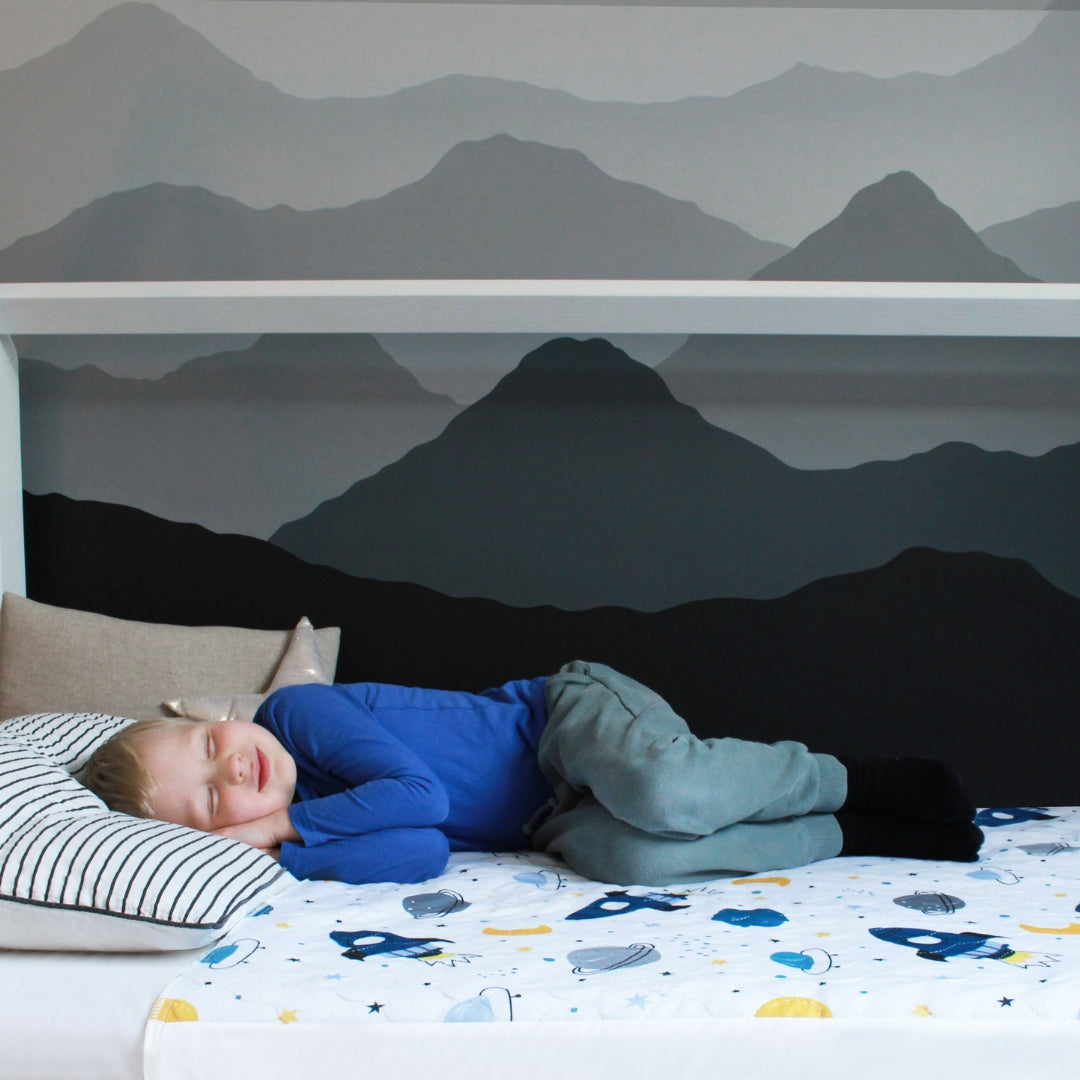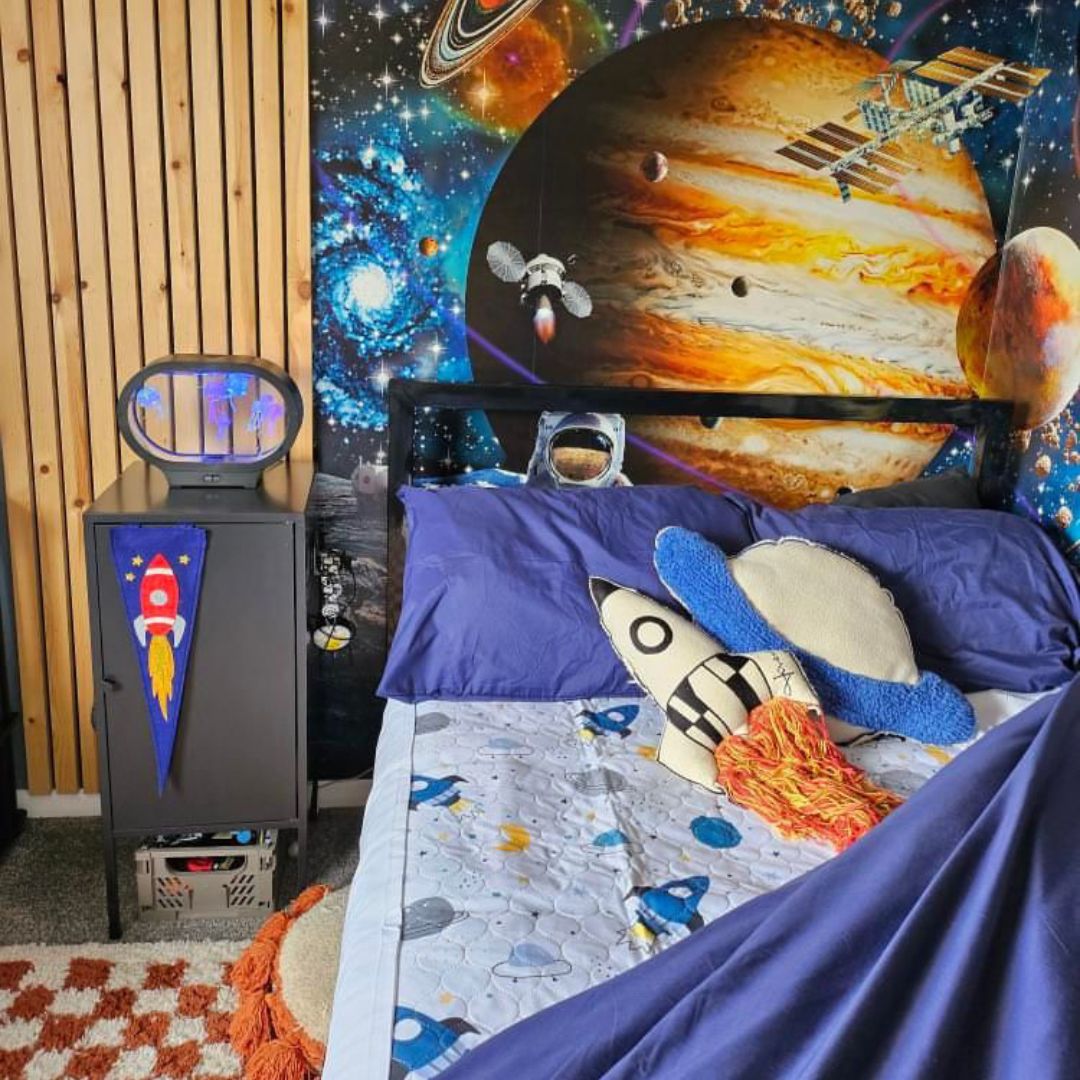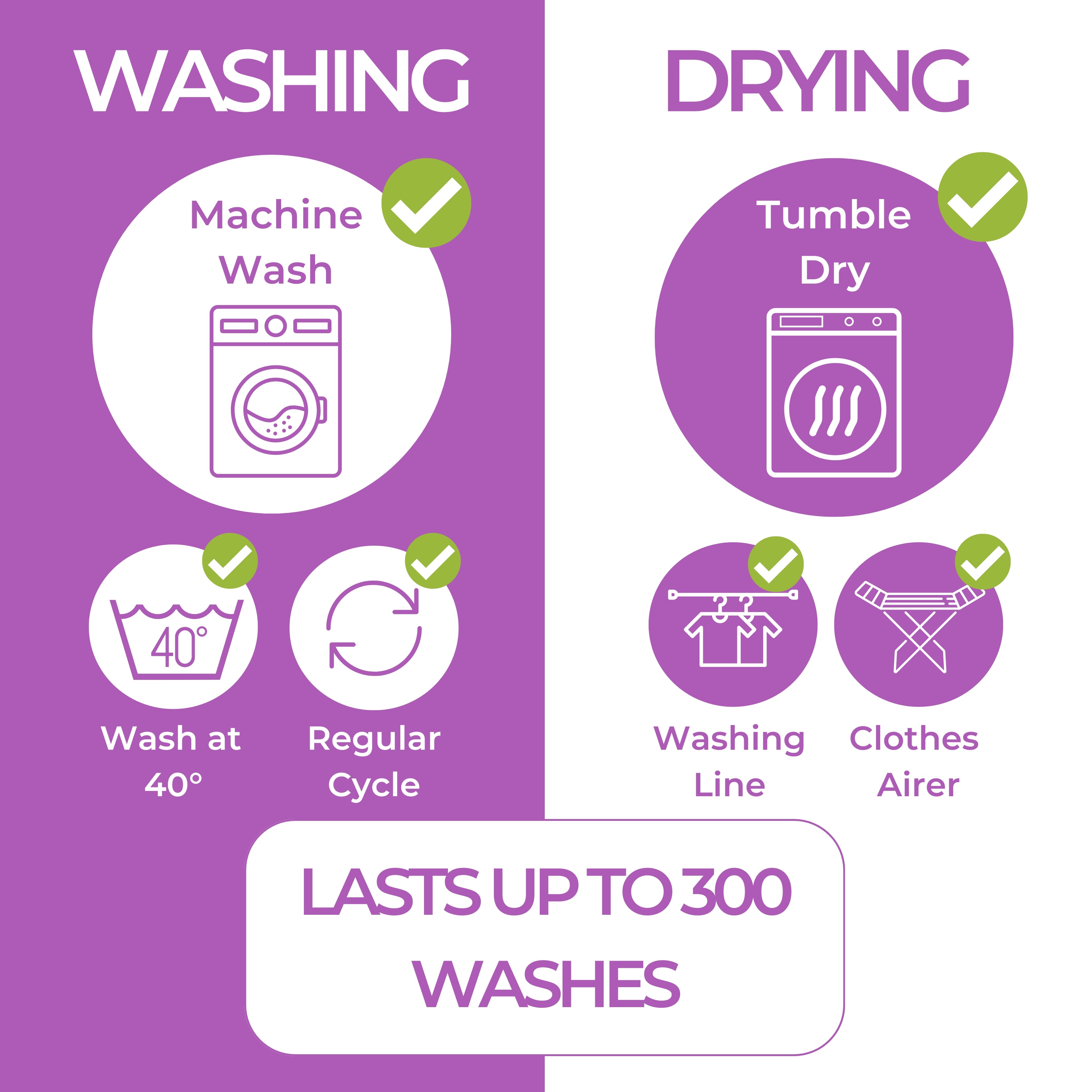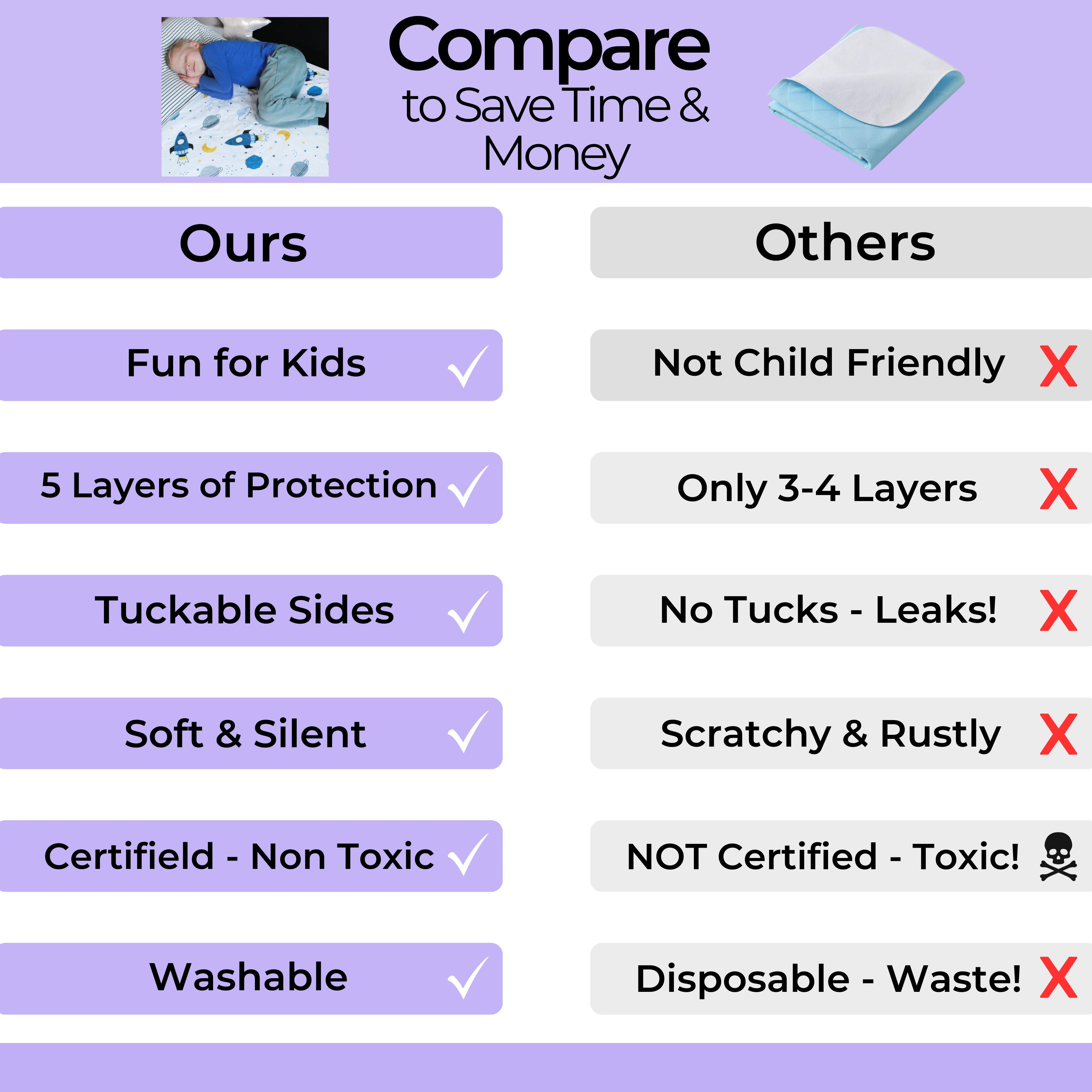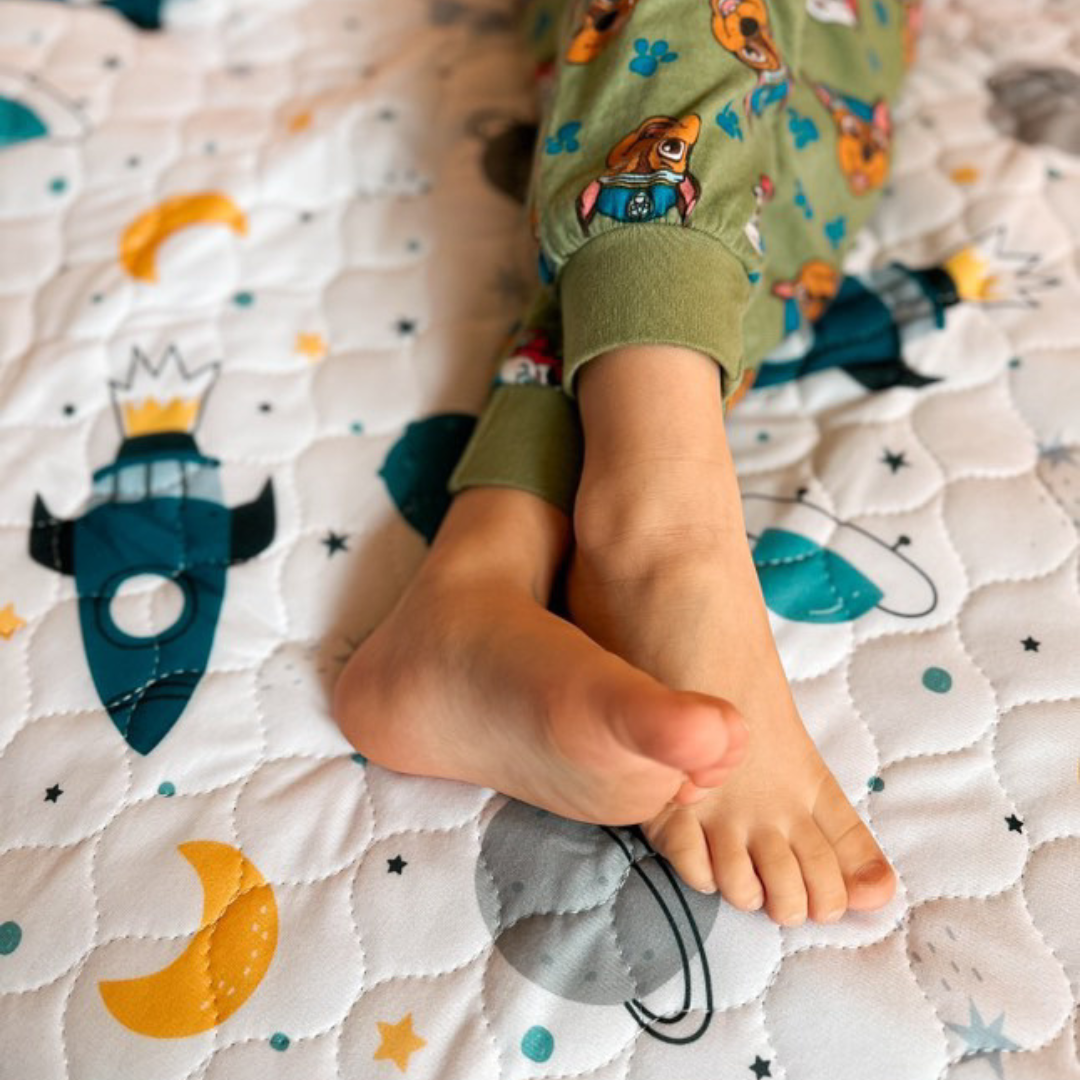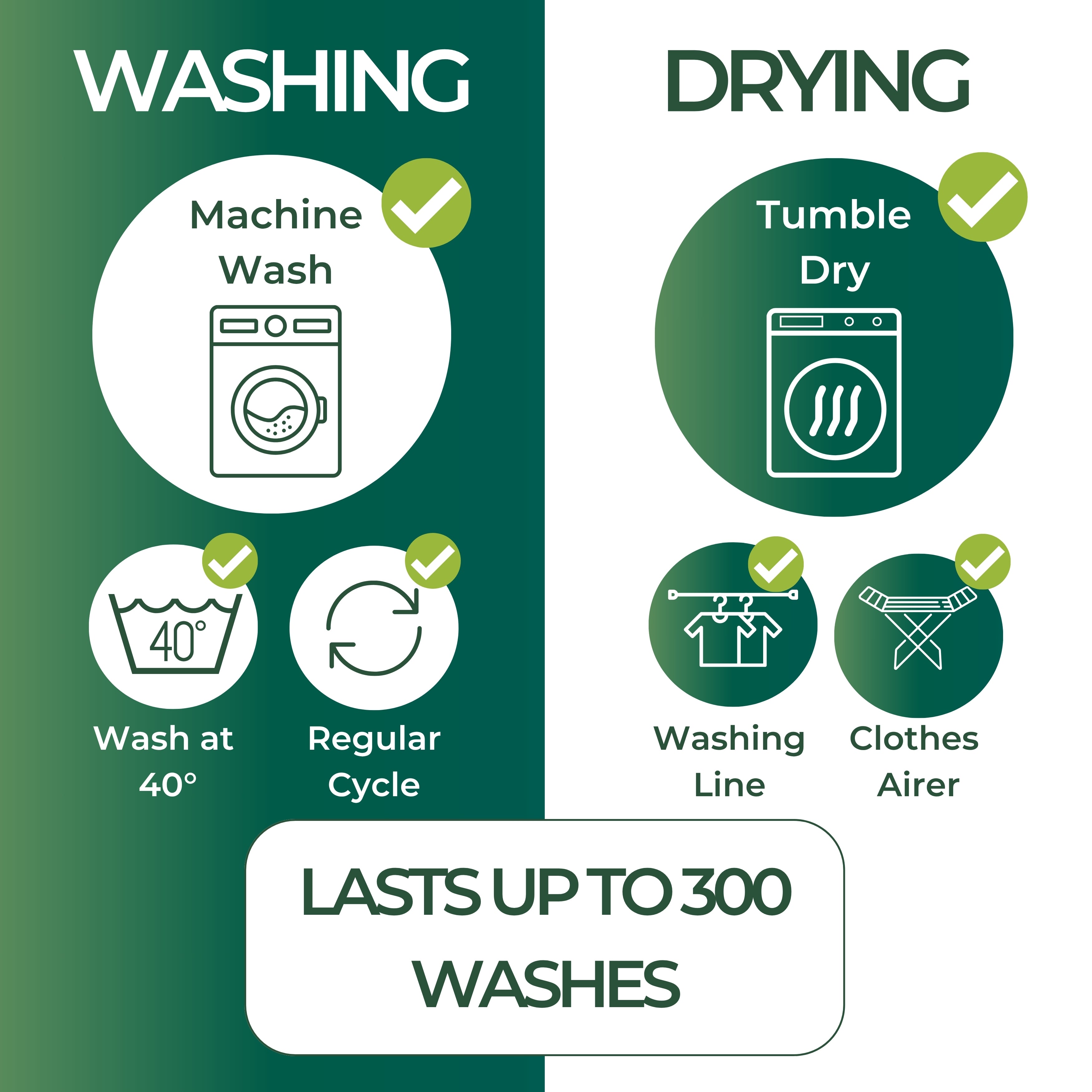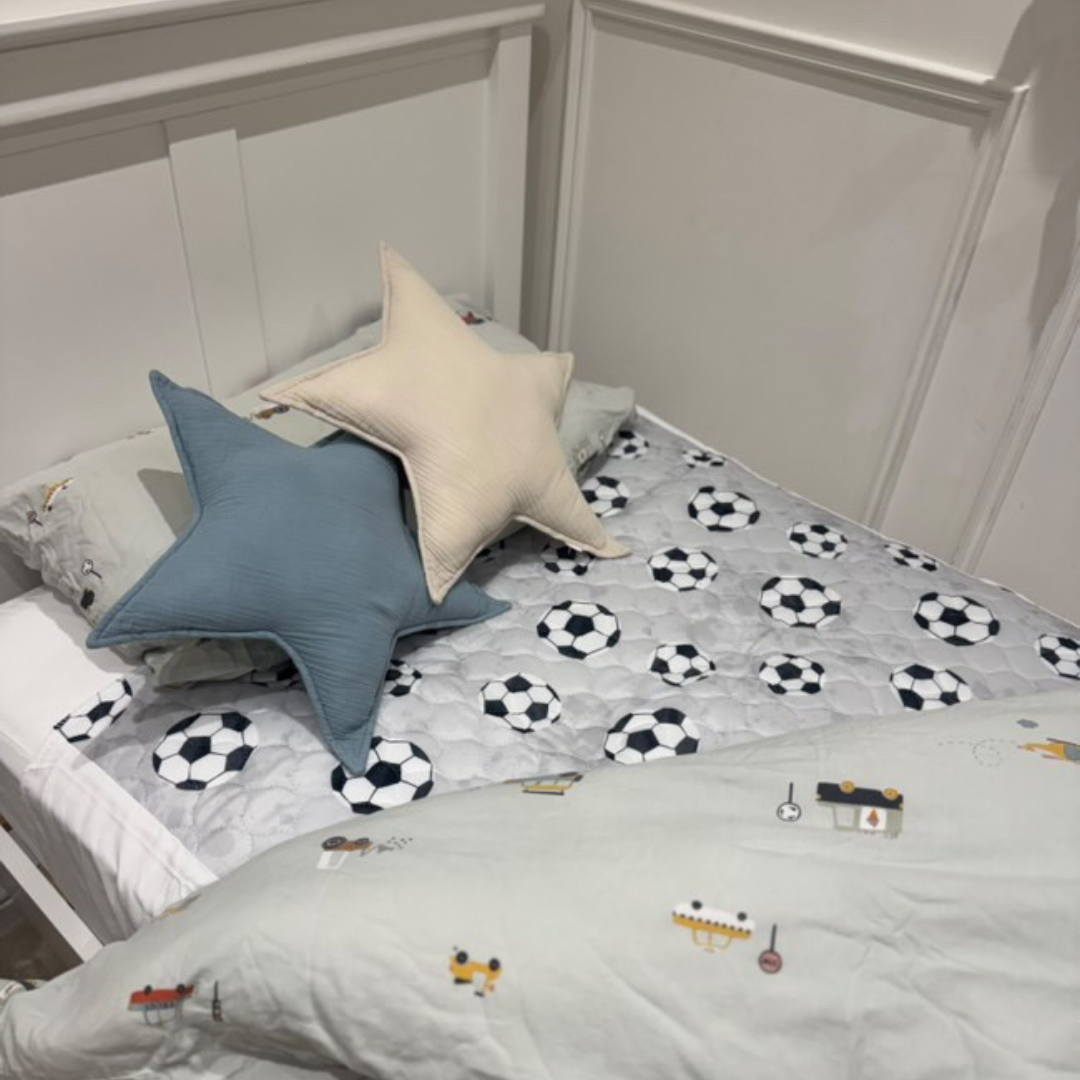When it comes to toilet training, parents often find themselves navigating both daytime and nighttime toilet training. While daytime potty training seems more like a skill that can be actively taught, nighttime toilet training takes on a different role in a child's development.
Daytime Potty Training: A Teachable Skill?
Daytime potty training involves teaching your child the skills and habits associated with using the toilet during waking hours. This process includes recognising bodily cues, communicating needs, and developing the ability to control their bladder.
Tips for Daytime Potty Training:
- Consistent Bathroom Breaks: Encourage regular bathroom breaks during the day to reinforce the habit of using the toilet.
- Positive Reinforcement: Celebrate small victories to motivate and reinforce the importance of using the potty.
- Establish a Routine: Create a consistent schedule for bathroom breaks to help your child anticipate and respond to their body's signals.
Nighttime Toilet Training: More About Development
Nighttime toilet training, or nighttime potty training as some might call it, is often more about the natural development of a child's ability to control their bladder while asleep. It may not be something you actively teach but rather something that evolves as your child grows.
Routines for Nighttime Toilet Training
- Pre-Bedtime Toilet Visit: Encourage your child to use the toilet before bedtime to minimise the risk of nighttime accidents. In boys, it's better if they make their last wee of the day sitting down rather than standing up, as this ensures they are more relaxed and their bladder empties fully.
- Hydration Balance: Ensure your child drinks regularly throughout the day but avoid offering liquids too close to bedtime to reduce the likelihood of bedwetting. Good hydration can also help to prevent constipation, which is often linked to bedwetting in children.
- Use Protective Bedding: Accidents are a normal part of nighttime potty training. Investing in waterproof bed wetting sheets can help keep your child's mattress dry and make clean-up easier.
Balancing Act: Development and Routine for Nighttime Potty Training
While nighttime potty training may not be as actively "trained" as daytime potty training, parents can play a supportive role in their child's development by establishing healthy bedtime routines. By incorporating habits like pre-bedtime toilet visits, managing hydration, and using tools like a bedwetting alarm, you contribute to a positive environment that aids your child in developing nighttime bladder control.
A nightlight can also be helpful, making it easier for your child to get up and use the toilet if needed.
In summary, daytime potty training is more of a teachable skill, while nighttime toilet training aligns with a child's natural development. By combining the two approaches, parents can create a supportive environment that facilitates both aspects of the toilet training journey.
Take care,
Catherine x

